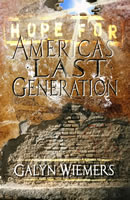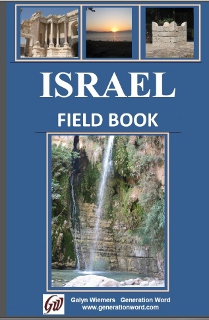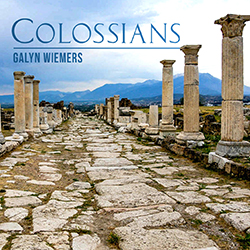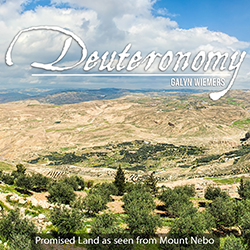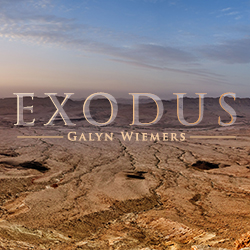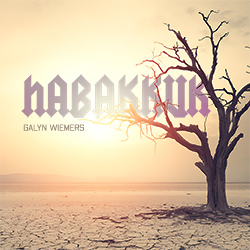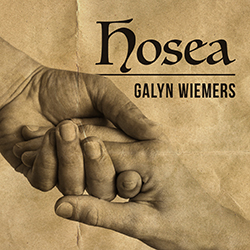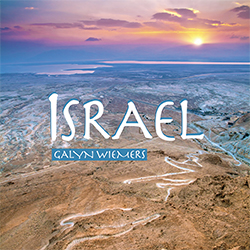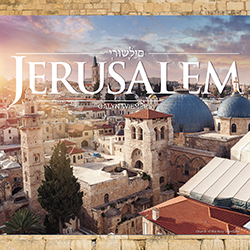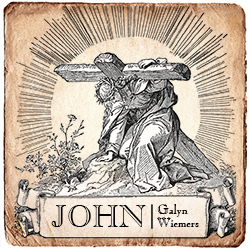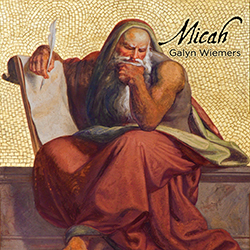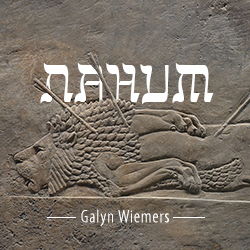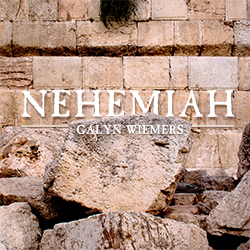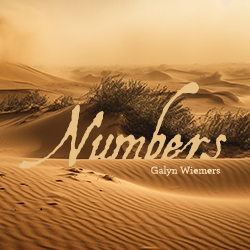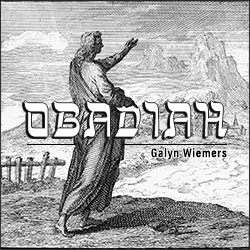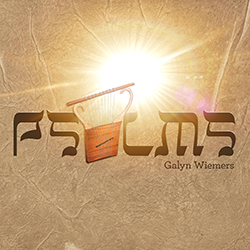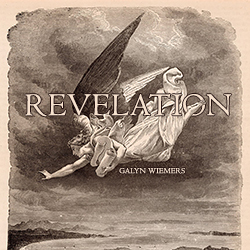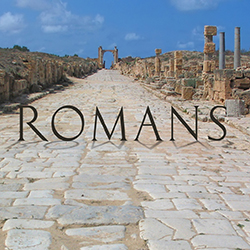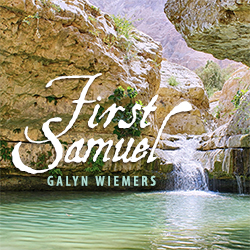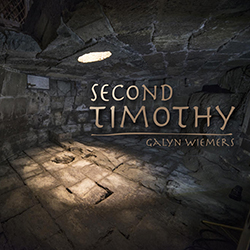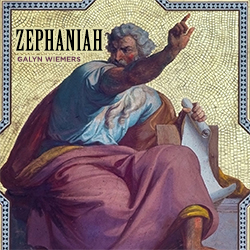
Geshur
by Galyn Wiemers, Generation Word
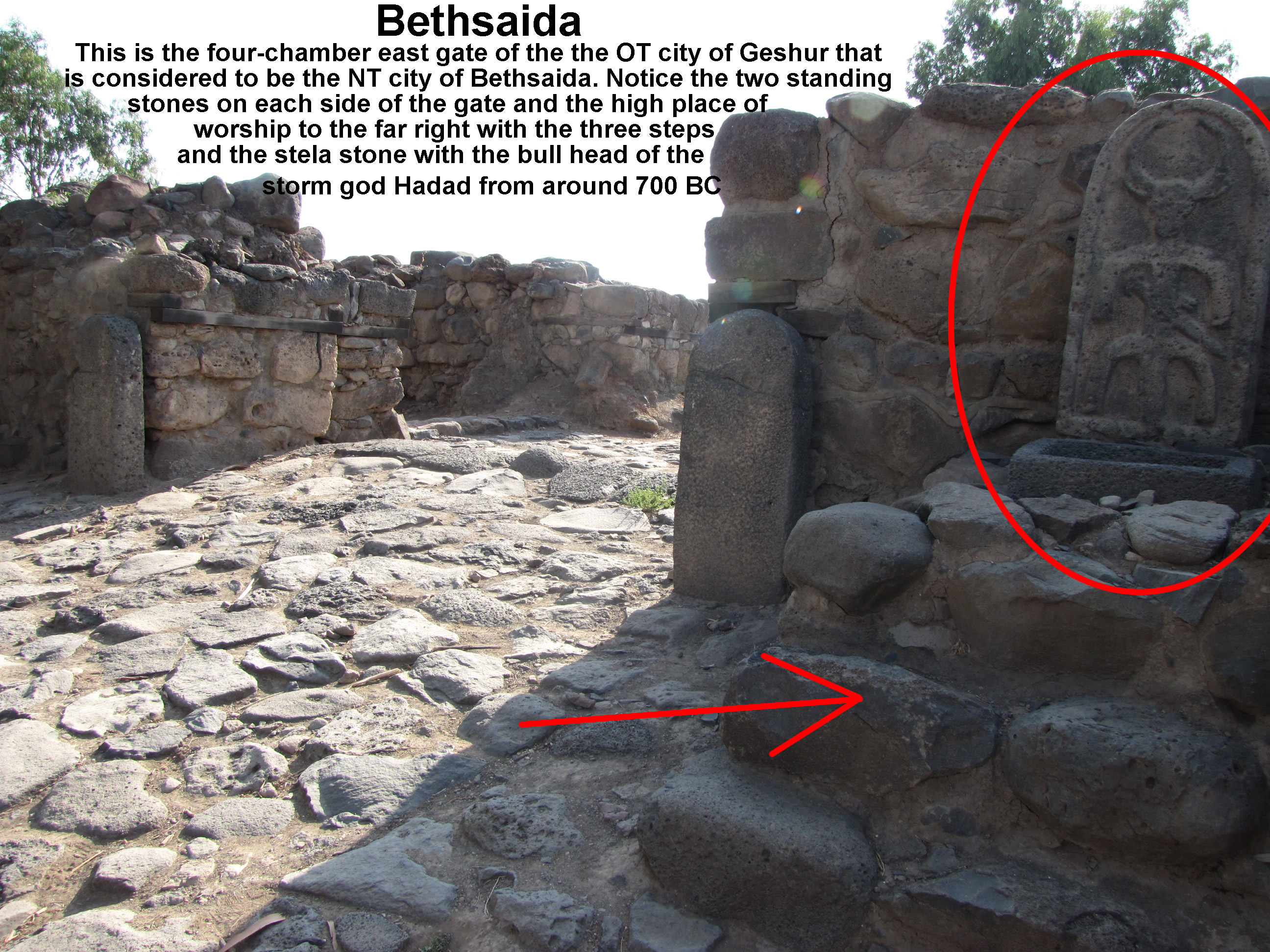
NT: Bethsaida / OT: Geshur
Bethsaida is about 50 miles from Caesarea Philippi (Paneas, Banias)
This large four-chamber city gate is on the southeast side of the Old Testament city of Geshur.
Each side of the gate has a standing stone (called a massevoth) to represent the deity.
The high place of worship is on the right side (north side) with a stella of the storm god Hadad (a deity worshipped in Aram, just to the north of Israel) portrayed as a standing bull-headed image on a tripod wearing a sword.
The east gate leading into the Old Testament city of Geshur which was the capital of the kingdom of Geshur. Notice the basalt pavement stones. This is a four chamber gate with two chambers on each side where business and governmental issues were dealt with. One of the chambers can be seen inside the gate on the left side.
The entrance to the gate is flanked by two standing stones - one on the left and one on the right.
The right side of the gate has the high place of worship with three steps leading up to the stela and basin.
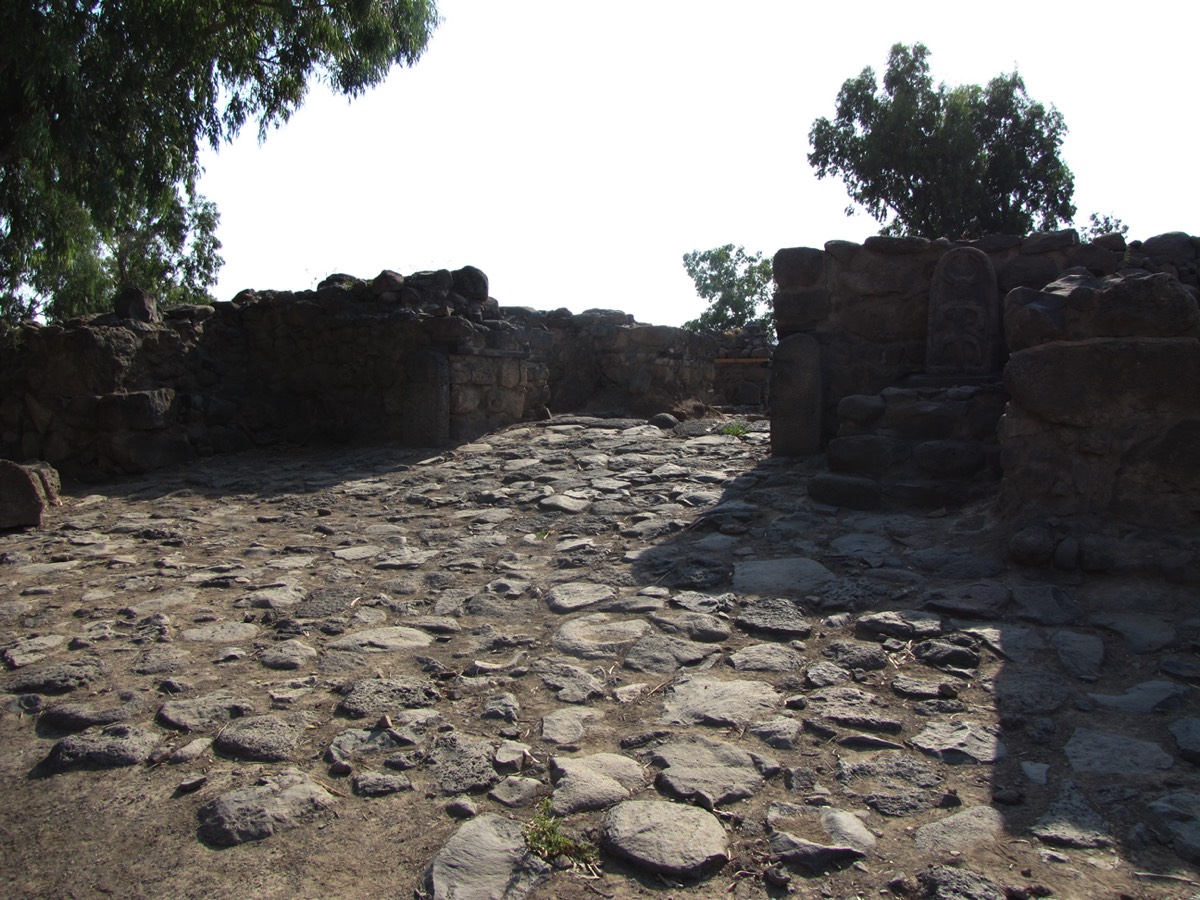
Geshur - This is the entrance of the east gate of the Old Testament city of Geshur, capital of King Talmai's kingdom of Geshur. David married King Talmai's daughter Maacha who bore David a son named Absalom. (2 Samuel 13:37)
Absalom fled to this city to find refuge with his grandfather, King Talmai, after Absalom had killed his David's son Amnon (2 Samuel 13)
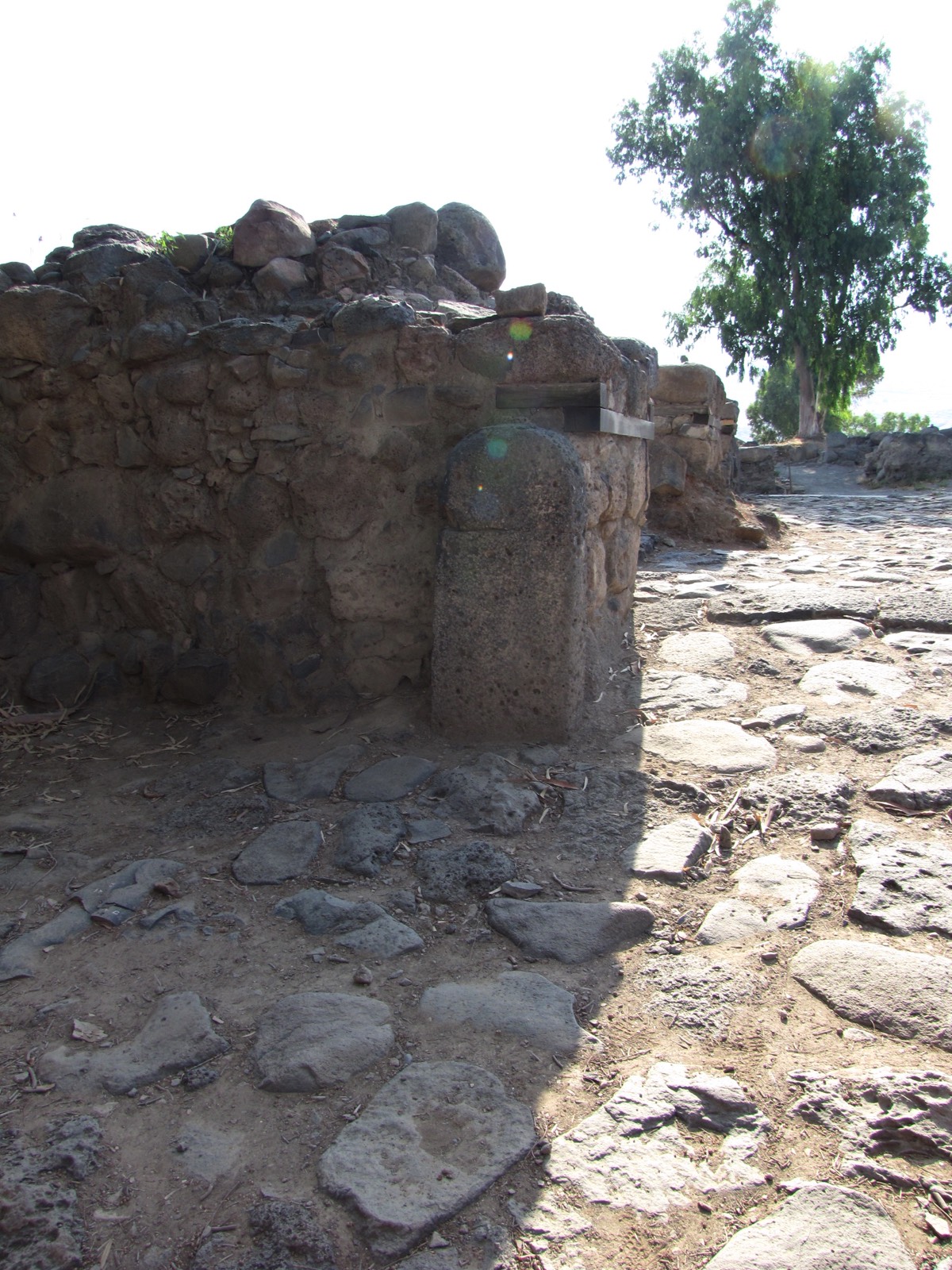
One of several standing stones. This one is on the left side of the east gate leading into Geshur. There is also one on the right side beside the high place of worship and stela.
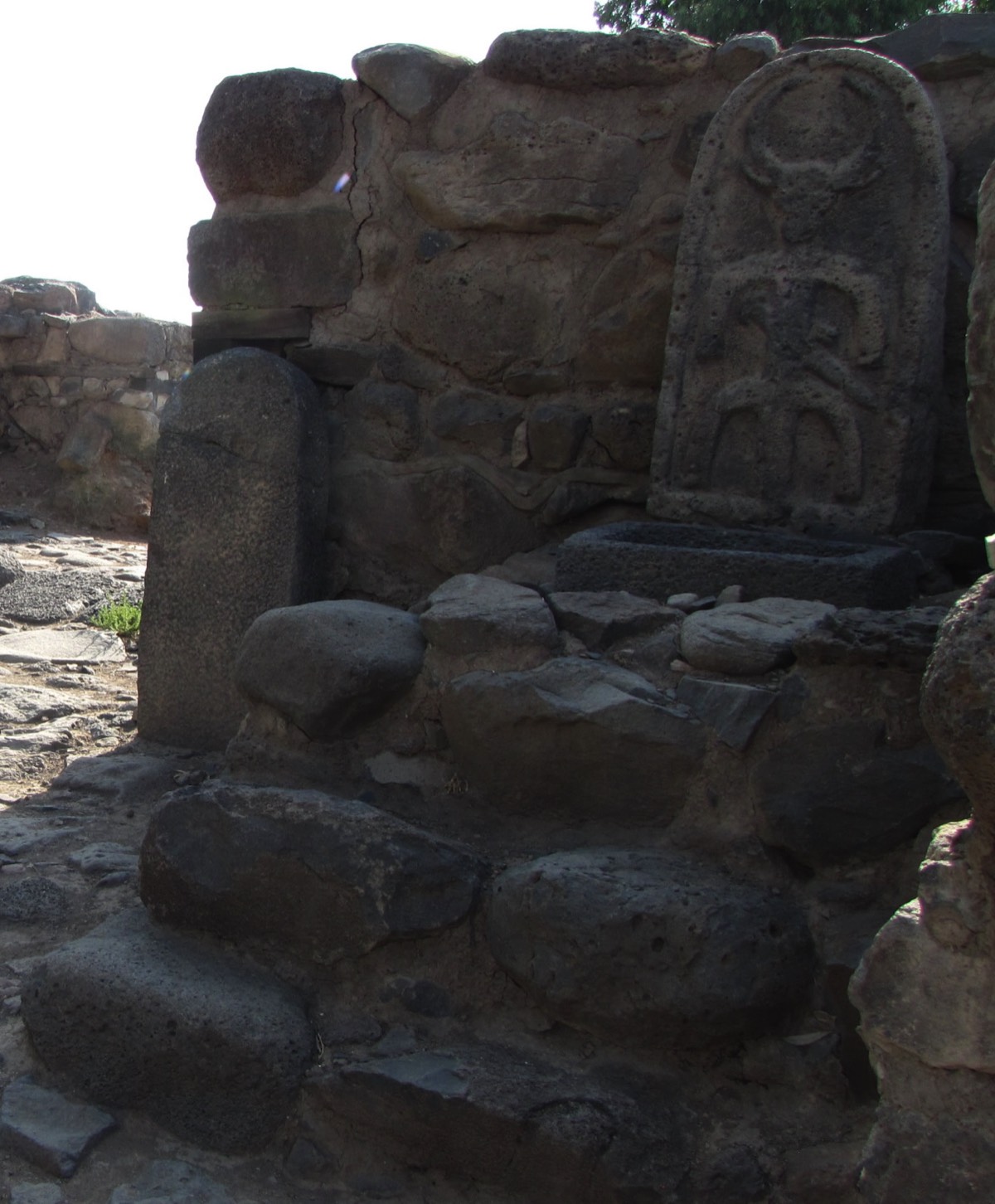
"Josiah brought all the priests from the towns of Judah and desecrated the high places, from Geba to Beersheba, where the priests had burned incense. He broke down the shrines at the gates—at the entrance to the Gate of Joshua, the city governor, which is on the left of the city gate."
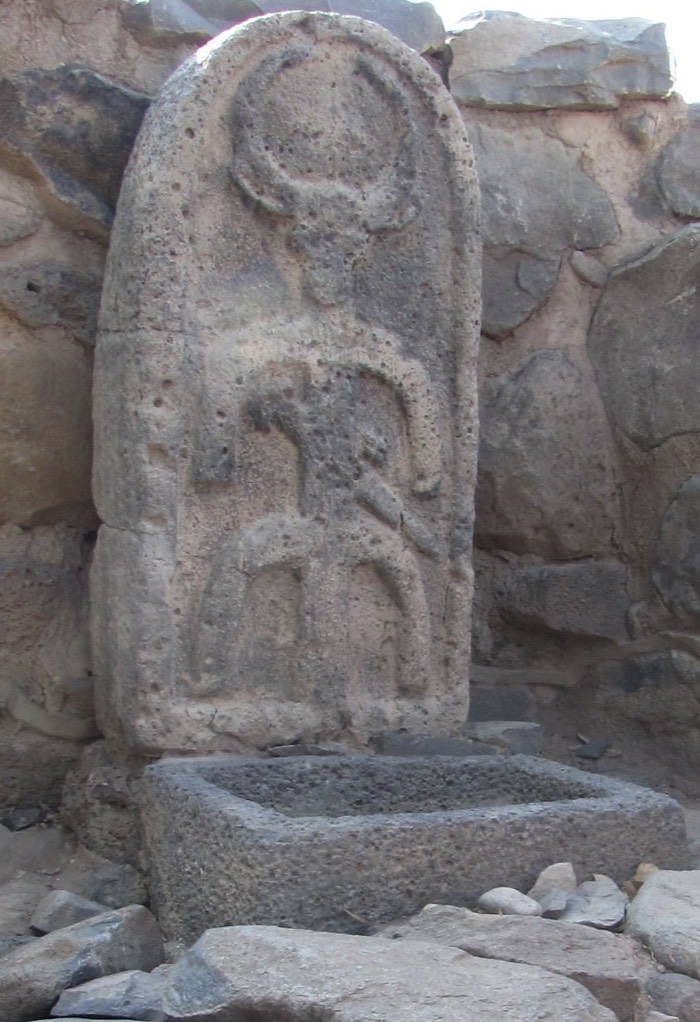
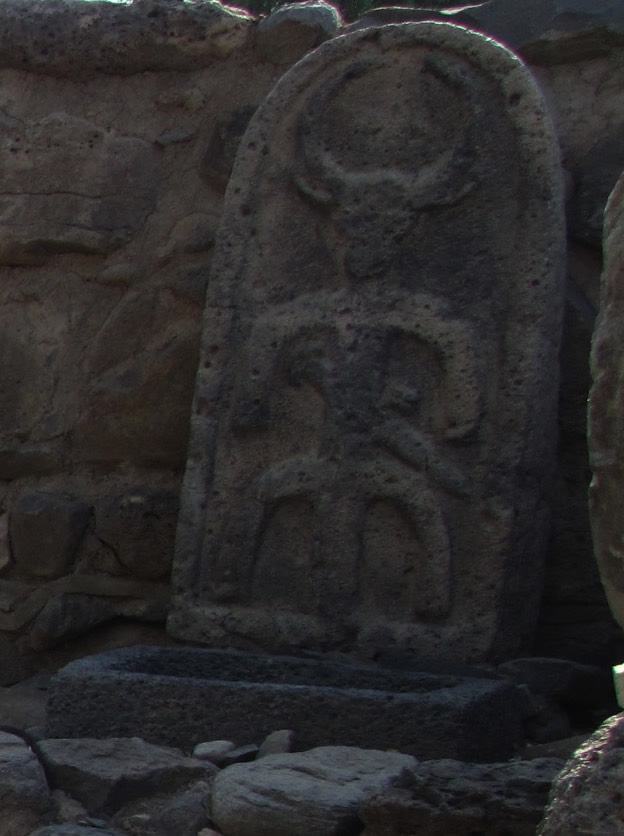
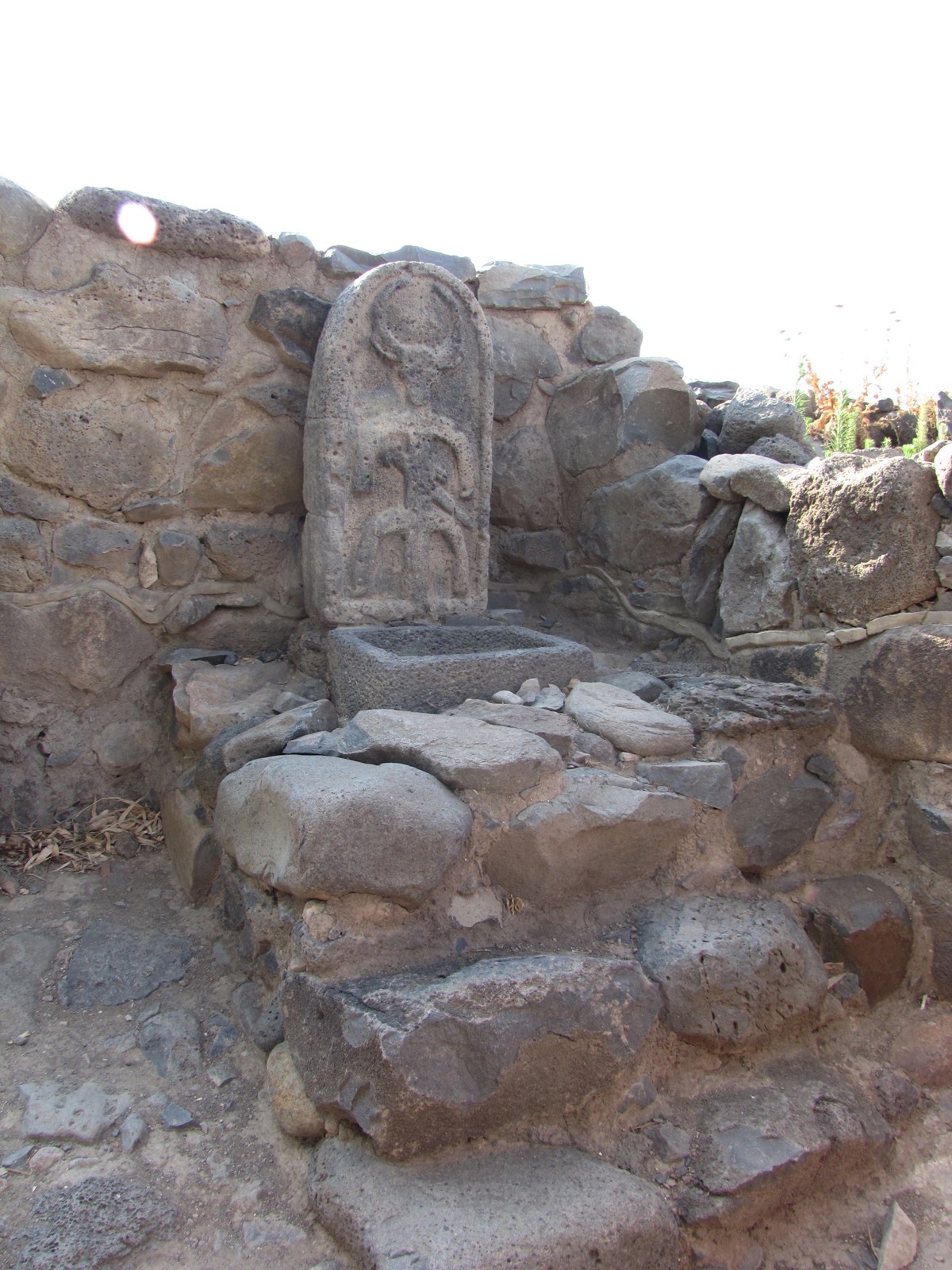
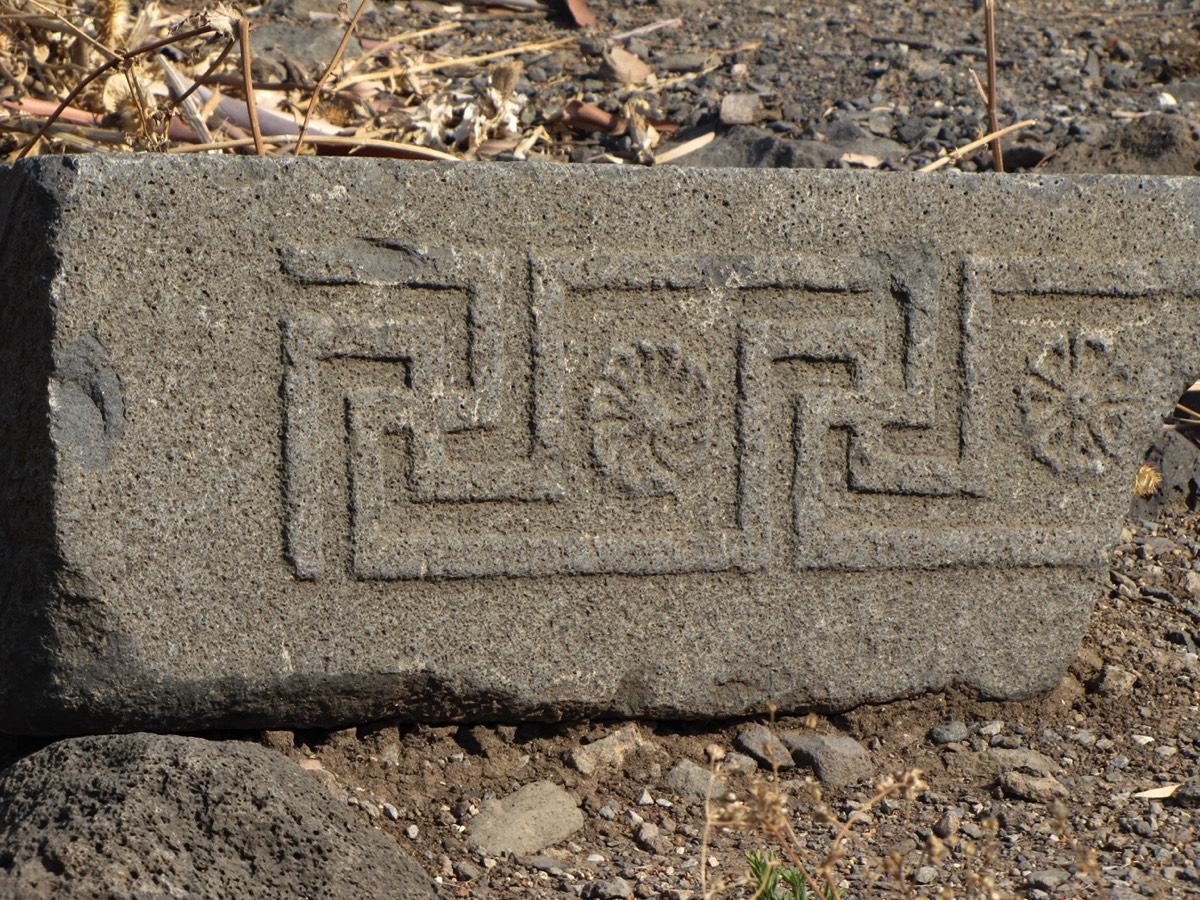
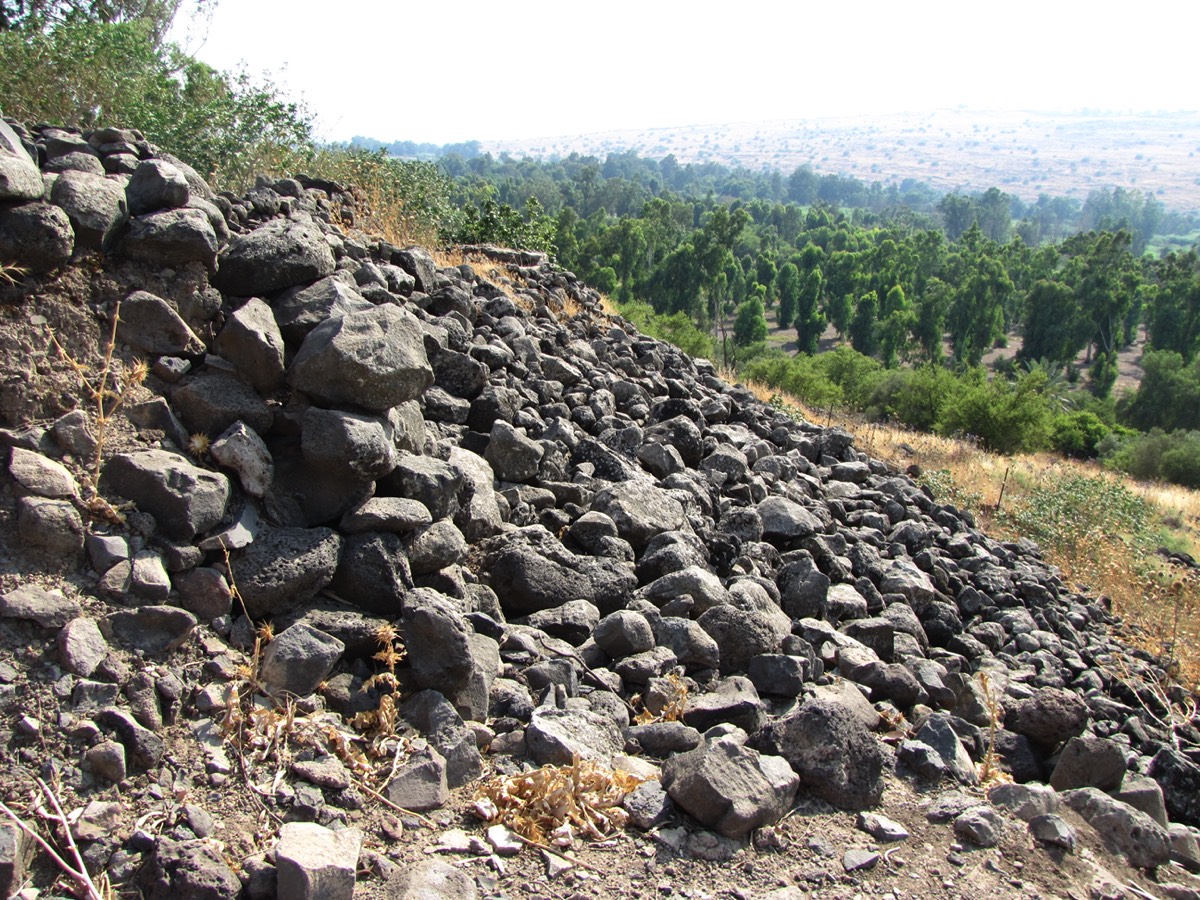
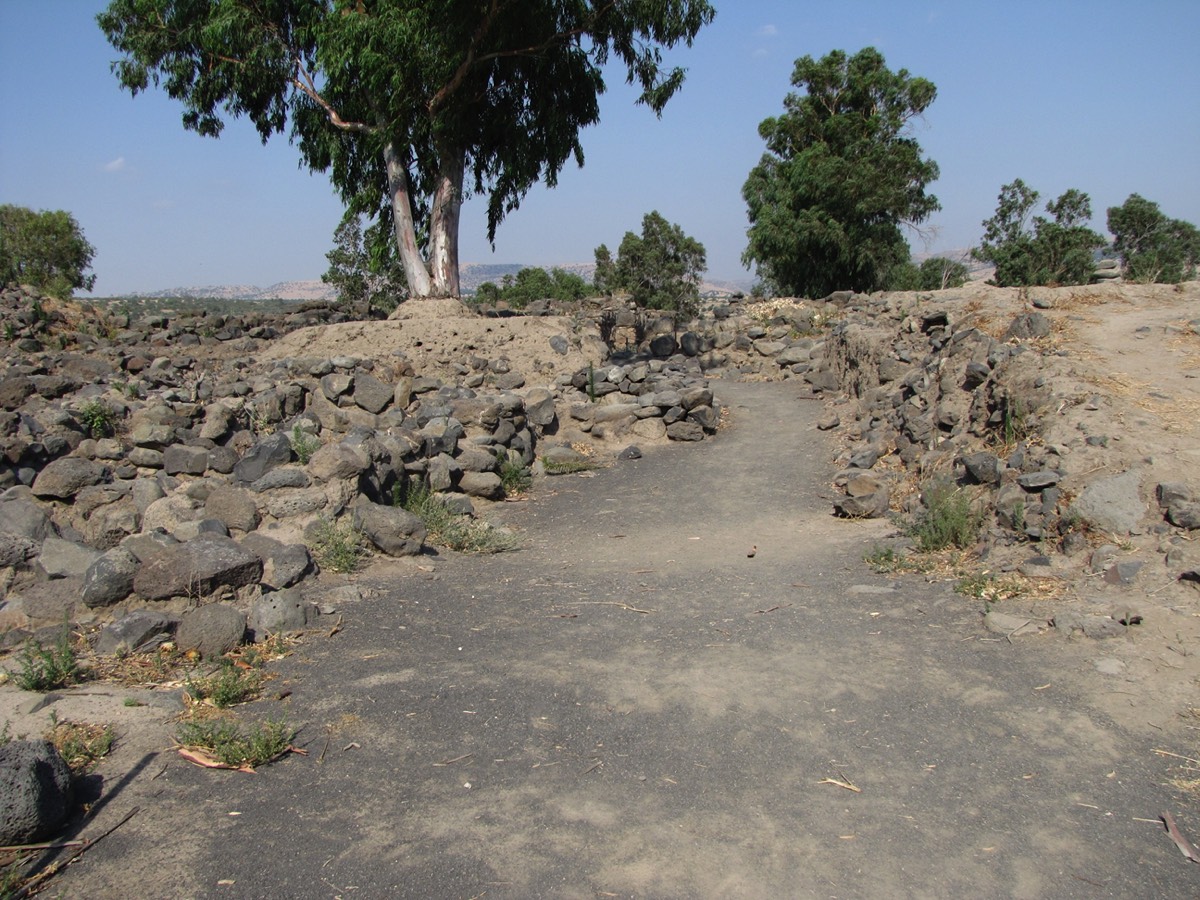


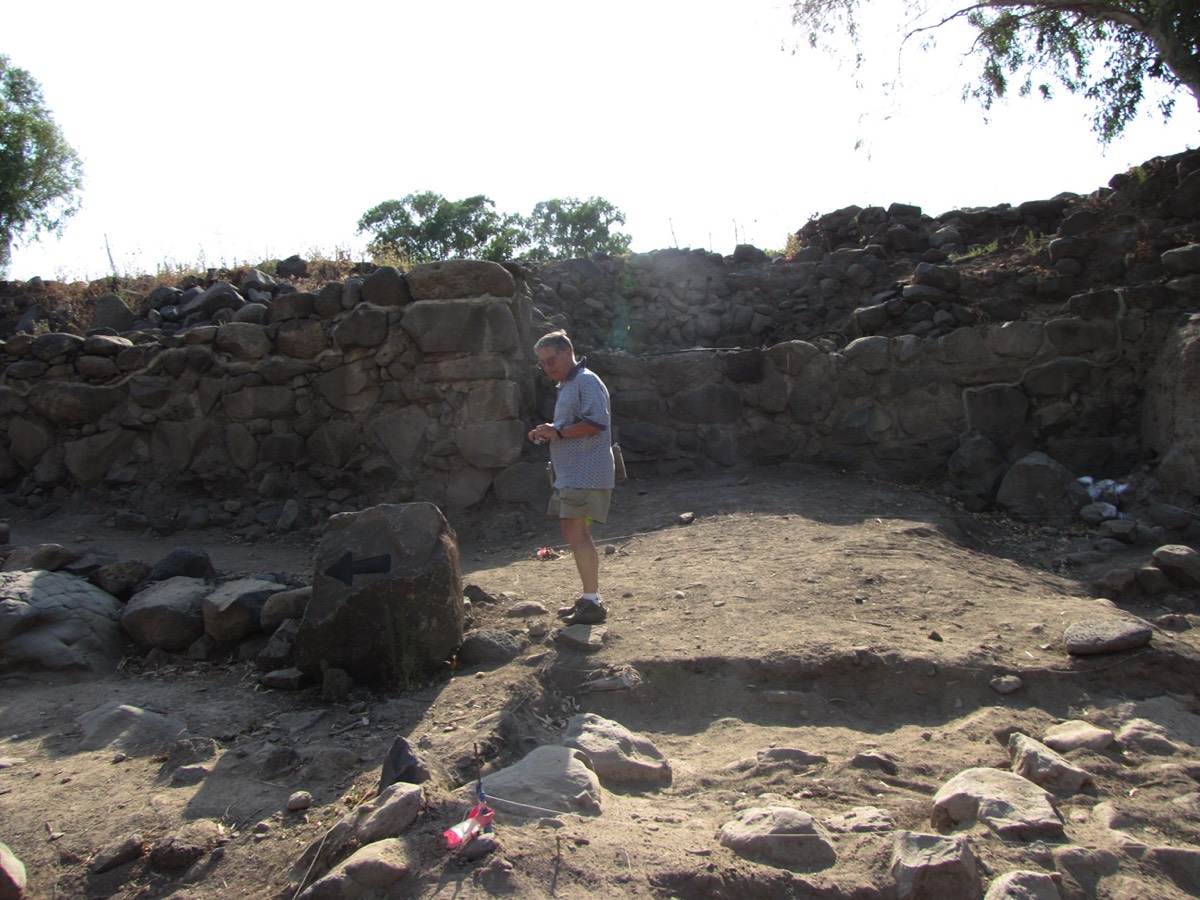
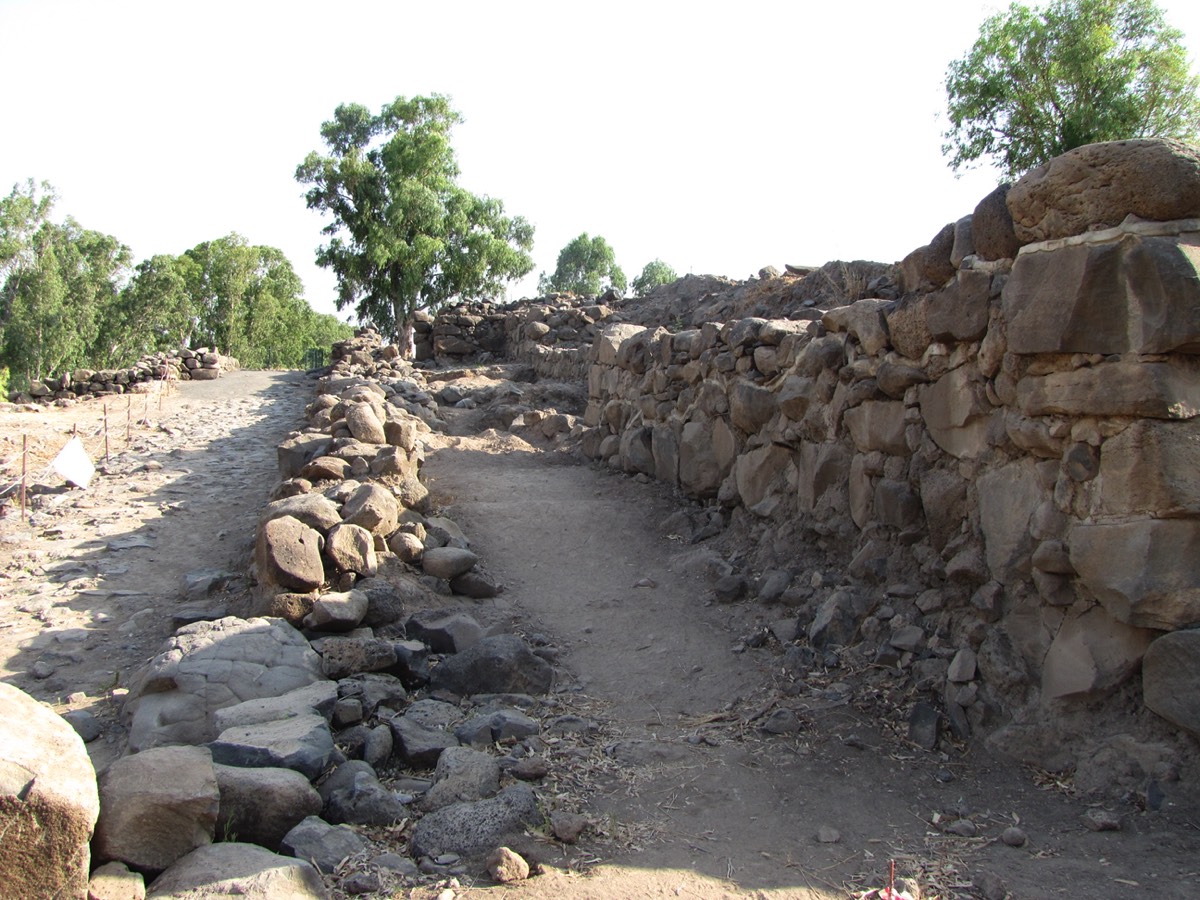

So she took the camera and started taking pictures.
The result was I have no "useful" pictures of Bethsaida but this is what we have:
A picture of Galyn looking at the rocks.
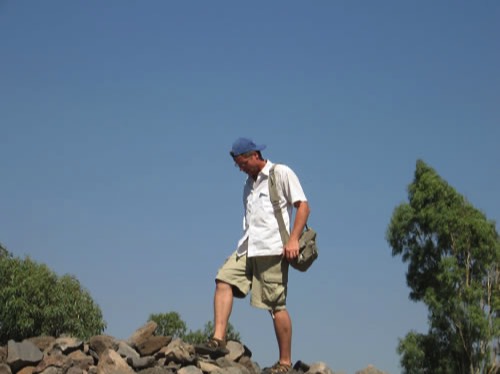
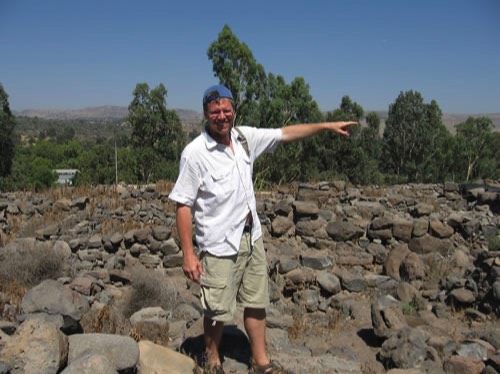
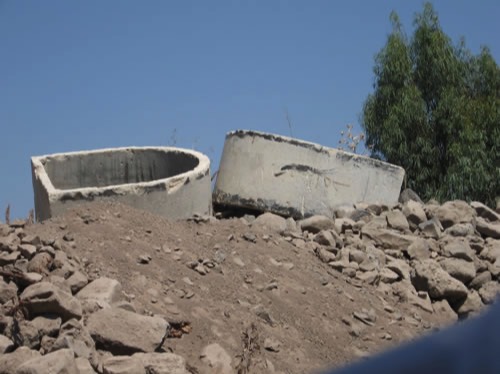
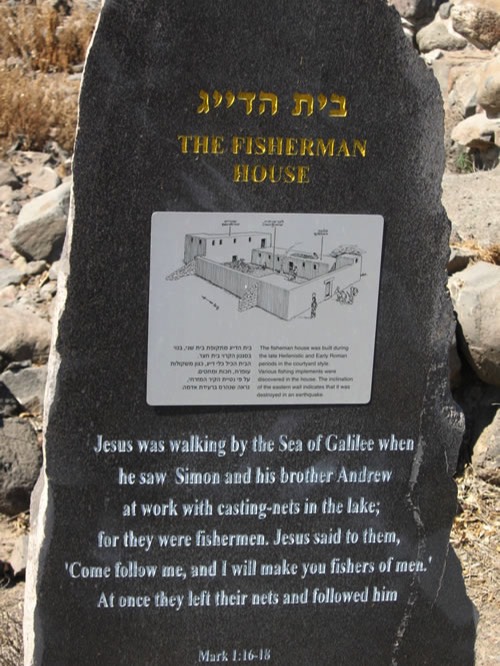
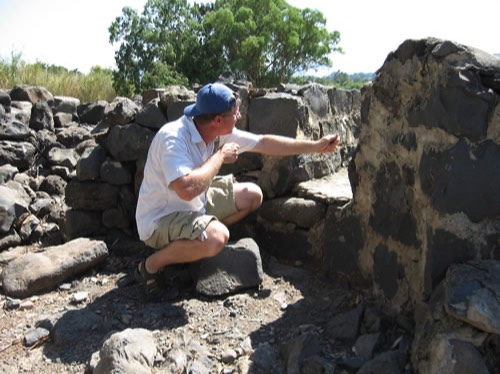
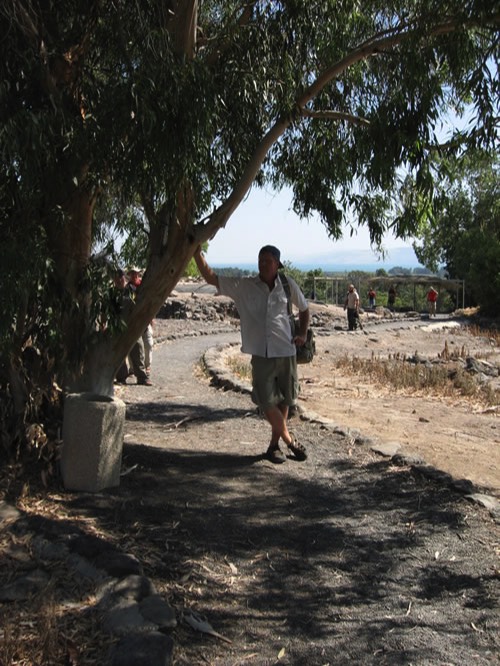
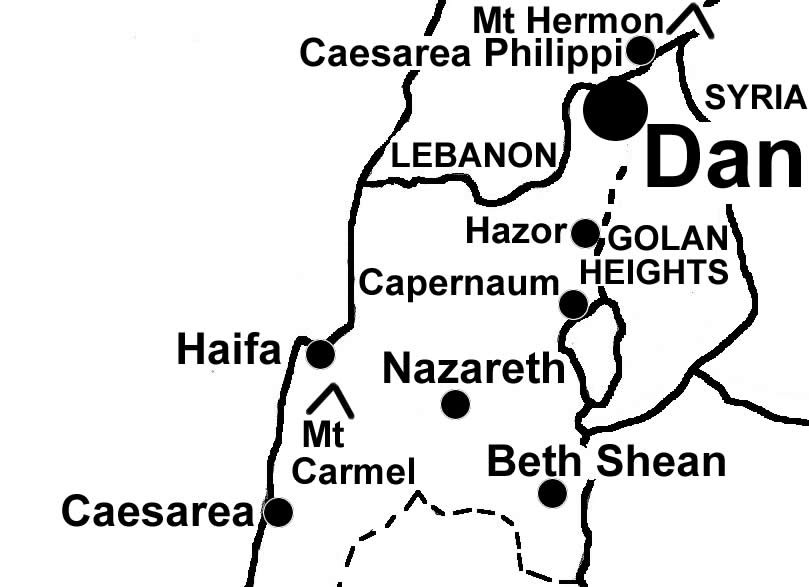
Dan in the Bible:
Gen. 14:13-16, Abram left Hebron to go to Dan in order to rescue Lot.
Judges 18, tribe of Dan left its allotted inheritance by the Philistines and moved to this northern location.
1 Kings 12:26-33, Jeroboam set up one of his two golden calf idols in Dan to keep his people of Israel from going to Jerusalem in Judah to worship.
Dan (Canaanite’s Laish) is the northern extent of Israel in the Old Testament. The phrase “from Dan to Beersheba” meant all of Israel from the north to the south. Dan has an abundant supply of water including the Dan Spring that is the largest of four sources of water (Banias, Iyon and Hasbani Springs) that meet to form the Jordan River that feeds into the Sea of Galilee.
The Dan Inscription is an ancient inscription mentioning the House of David It was found by Avraham Biran near the Iron Age gate and likely written by Hazael of Damascus in 840 BC who erected it near the gate when he took the city. The Aramean king wrote that he killed both Israel’s and Judah’s king (similar to 2 Kings 9) and refers to Judah’s king as the House of David indicating that David’s royal line was still ruling in 840 BC, 160 years after David. This is the oldest contemporary textual reference to the Davidic line of kings and gives historical support for the existence of David.
Be sure to see these features:
- Middle Bronze Age Gate from 1800 BC made of mud bricks with four chambers and three sets of piers preserved under a rampart of soil
- Iron Age Gate built in the 800’s BC by Ahab
- Podium for King to sit on his throne by the gate or for the local.
- High Place of Jeroboam along with evidence of a four-horned altar, 3 iron shovels, a small altar and an iron incense holder have been found.
Bronze Age Gate - 1750 BC

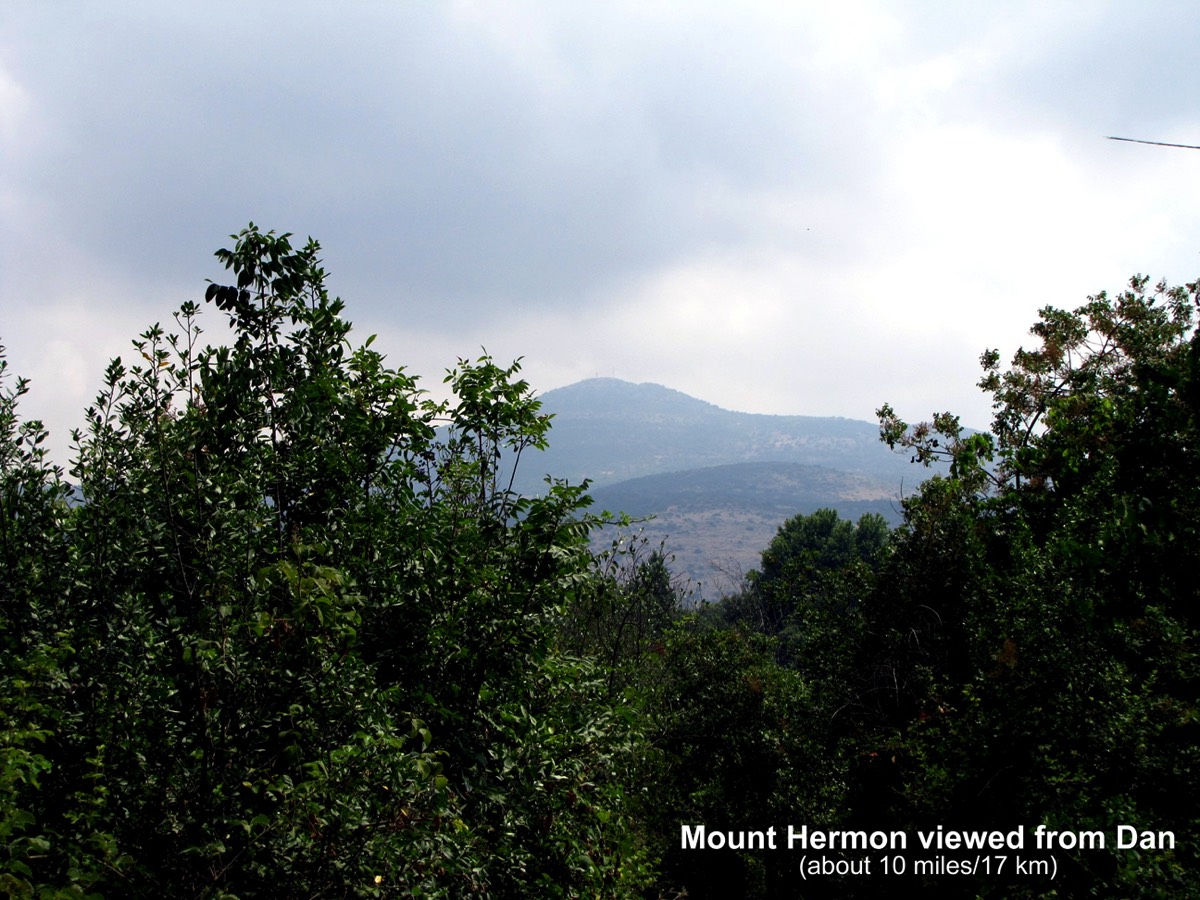
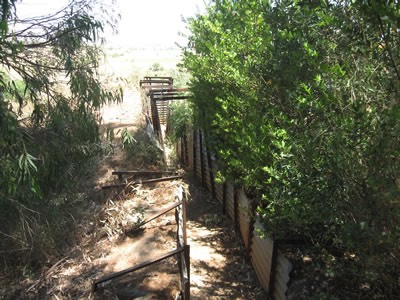


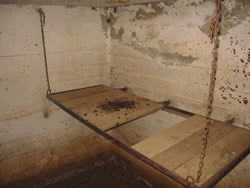

Israel Border Bunker from Galyn Wiemers on Vimeo.
Generation Word Provides:


